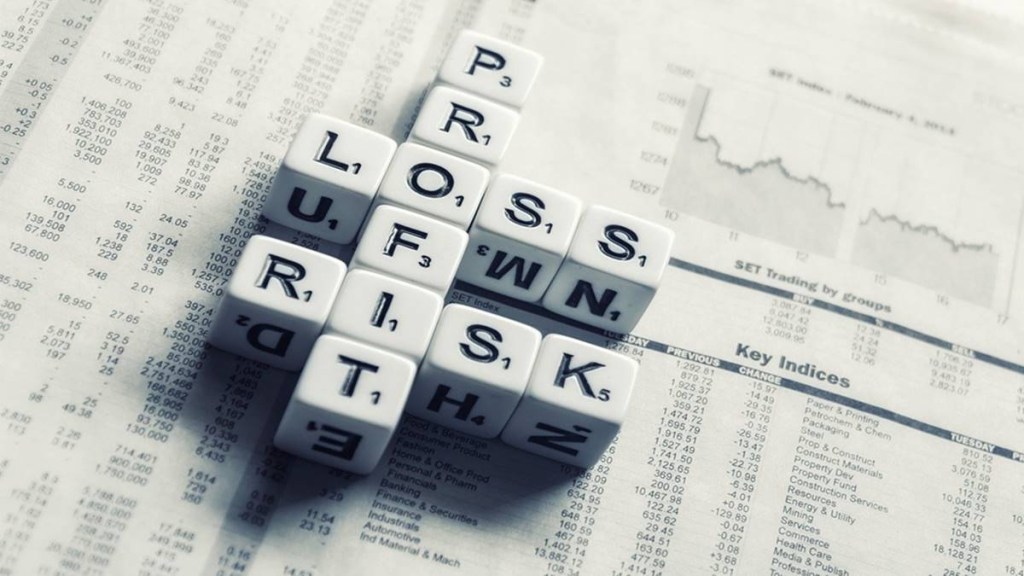Bureau of Labor Statistics released the US CPI data for April on May 10. The CPI report indicated that inflation was continuing to decline. However, the stickiness could imply that the Federal Reserve keeps interest rates high for some time. All eyes will be on the FOMC meeting, which will be held on June 13-14. The US Federal Reserve is expected to suspend rate hikes after raising rates by 25 basis points in May. A rate cut might occur by the end of 2023, although Fed Chairman Powell has already stated that any rate decrease scenario would occur in early 2024.
Here are five key takeaways from the April US CPI report released on May 10:
Inflation in the United States was somewhat lower than predicted in April, which confirms market expectations that the Federal Reserve will suspend rate hikes in June. According to a Bureau of Labour Statistics report, the consumer price index climbed by a lower-than-expected 4.9% from a year ago, the lowest figure below 5% in two years.
CPI climbed 0.4% overall and 0.4% in the core (excluding food and energy), as forecast. While that is too hot for the Fed, which is aiming for 2% inflation based on another criterion, it is a step down from last year’s overheated rates. Some economists estimate that price rises will be 3% or less by the end of the year.
Shelter expenses, which account for almost one-third of the overall CPI index, climbed 0.4% last month, the smallest increase in over a year. Airline tickets, hotel stays, and new car prices all fell. Looking at cities, the most significant growth was in the Miami-Fort Lauderdale-West Palm Beach area, which increased by 9% year on year.
Fed Chair Jerome Powell has been focusing on supercore CPI – core prices excluding housing – because he believes a tight labour market is impacting this sector of the services industry. There was some good news there, as prices rose by only 0.1%. Markets are pricing in only a tiny possibility of a June hike, though Fed observers caution that it is too early to declare the rate-hiking cycle over.
The report was well received by the markets. Stocks extended their premarket gains into the morning. At the start of the trading day, the S&P 500 was up 0.8%, while the Nasdaq 100 was up 1%. Treasury yields fell across the yield curve, while Bloomberg’s dollar index fell.
